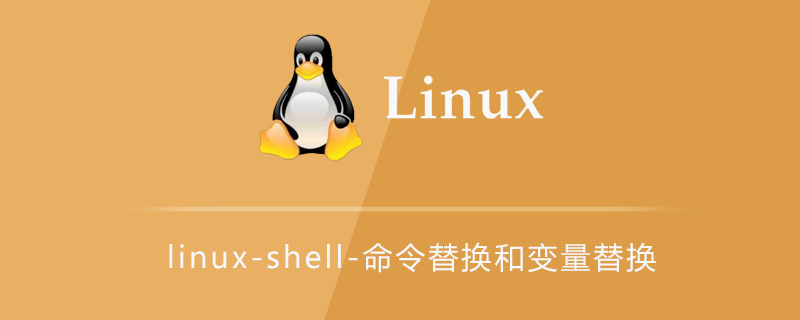

Shell 命令替换是指将命令的输出结果赋值给某个变量
There are two ways to complete command substitution in Shell, one is backtick , and the other is The first is $(), and the usage method is as follows:
variable=`commands` variable=$(commands)
where variable is the variable name and commands is the command to be executed. commands can have only one command or multiple commands, separated by semicolons;
a=`expr 1 + 1` echo $a
在操作上,这两者都是达到相应的效果,但是建议使用$( ),理由如下: 1.``很容易''搞混乱,尤其对初学者来说。 2.在多层次的复合替换中,``必须要额外的转义字符处理(反斜线),而$( )比较直观。 3.$( )的弊端是,并不是所有的类unix系统都支持这种方式,但反引号是肯定支持的。
变量替换
变量替换可以根据变量的状态(是否为空、是否定义等)来改变它的值
可以使用的变量替换形式:
形式 说明
${var} 变量本来的值
${var:-word} 如果变量 var 为空或已被删除(unset),那么返回 word,但不改变 var 的值。
${var:=word} 如果变量 var 为空或已被删除(unset),那么返回 word,并将 var 的值设置为 word。
${var:?message} 如果变量 var 为空或已被删除(unset),那么将消息 message 送到标准错误输出,可以用来检测变量 var 是否可以被正常赋值。
若此替换出现在Shell脚本中,那么脚本将停止运行。
${var:+word} 如果变量 var 被定义,那么返回 word,但不改变 var 的值。For more Linux-related technical articles, please Visit the Linux Tutorial column to learn!
The above is the detailed content of linux-shell-command substitution and variable substitution. For more information, please follow other related articles on the PHP Chinese website!